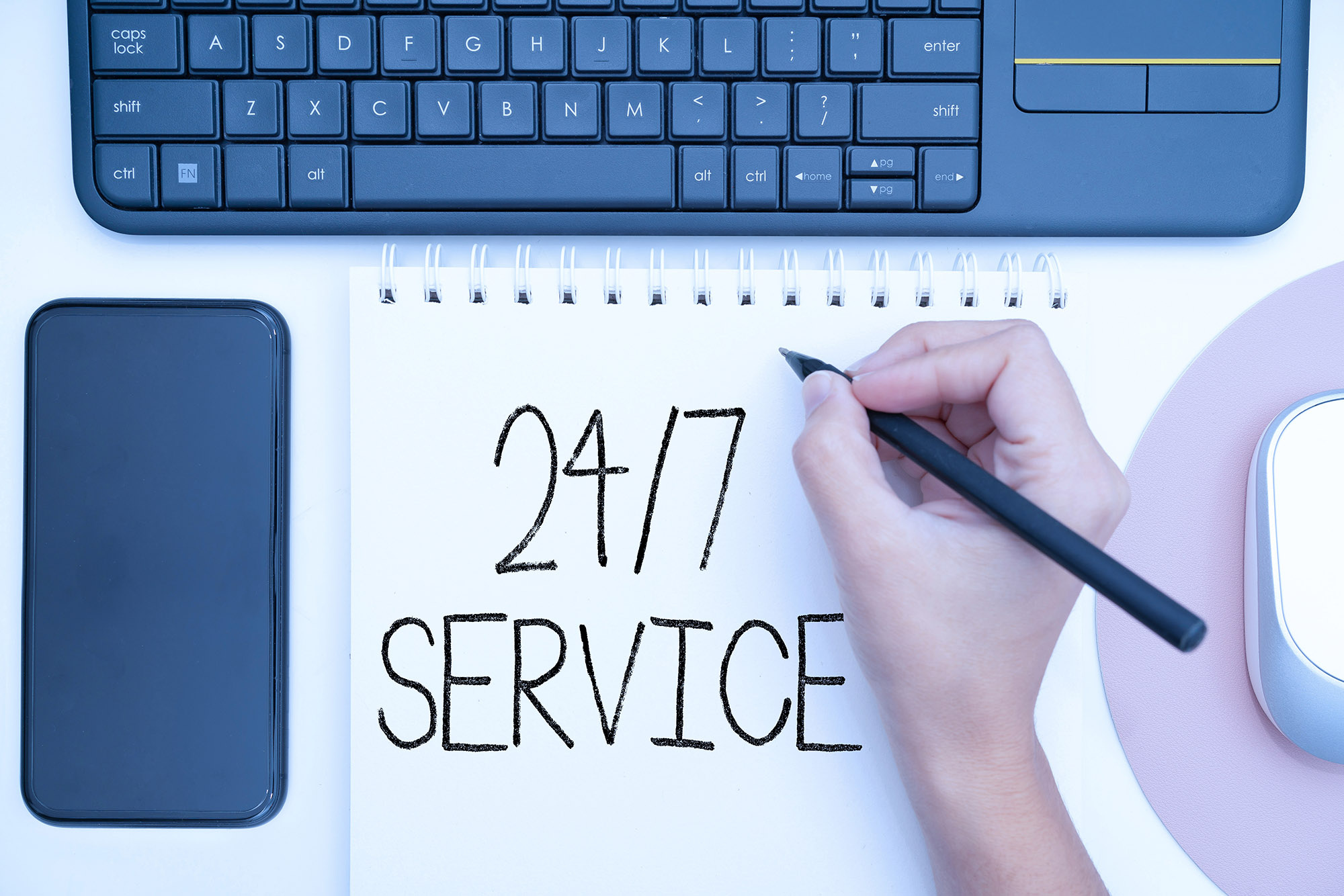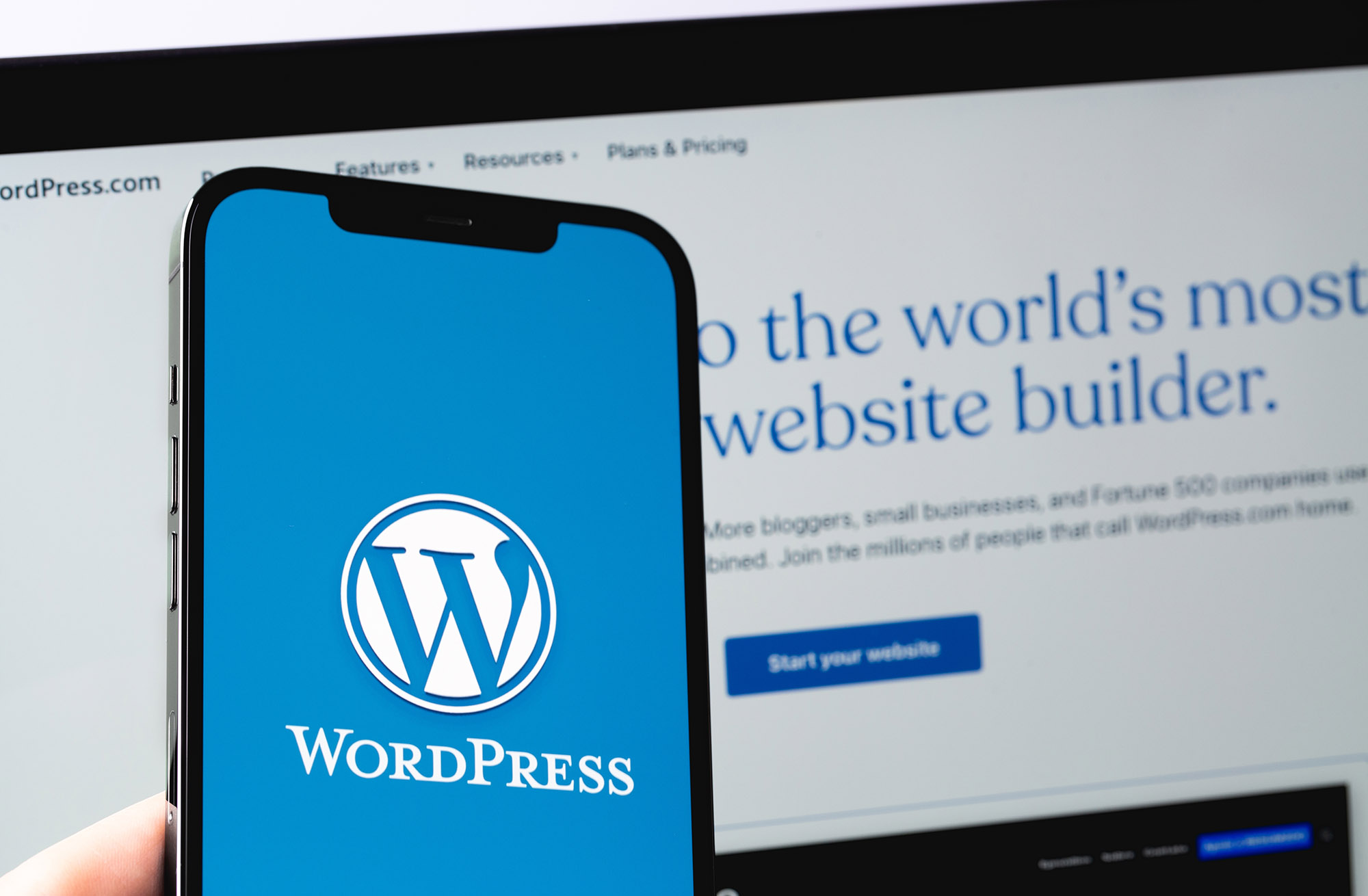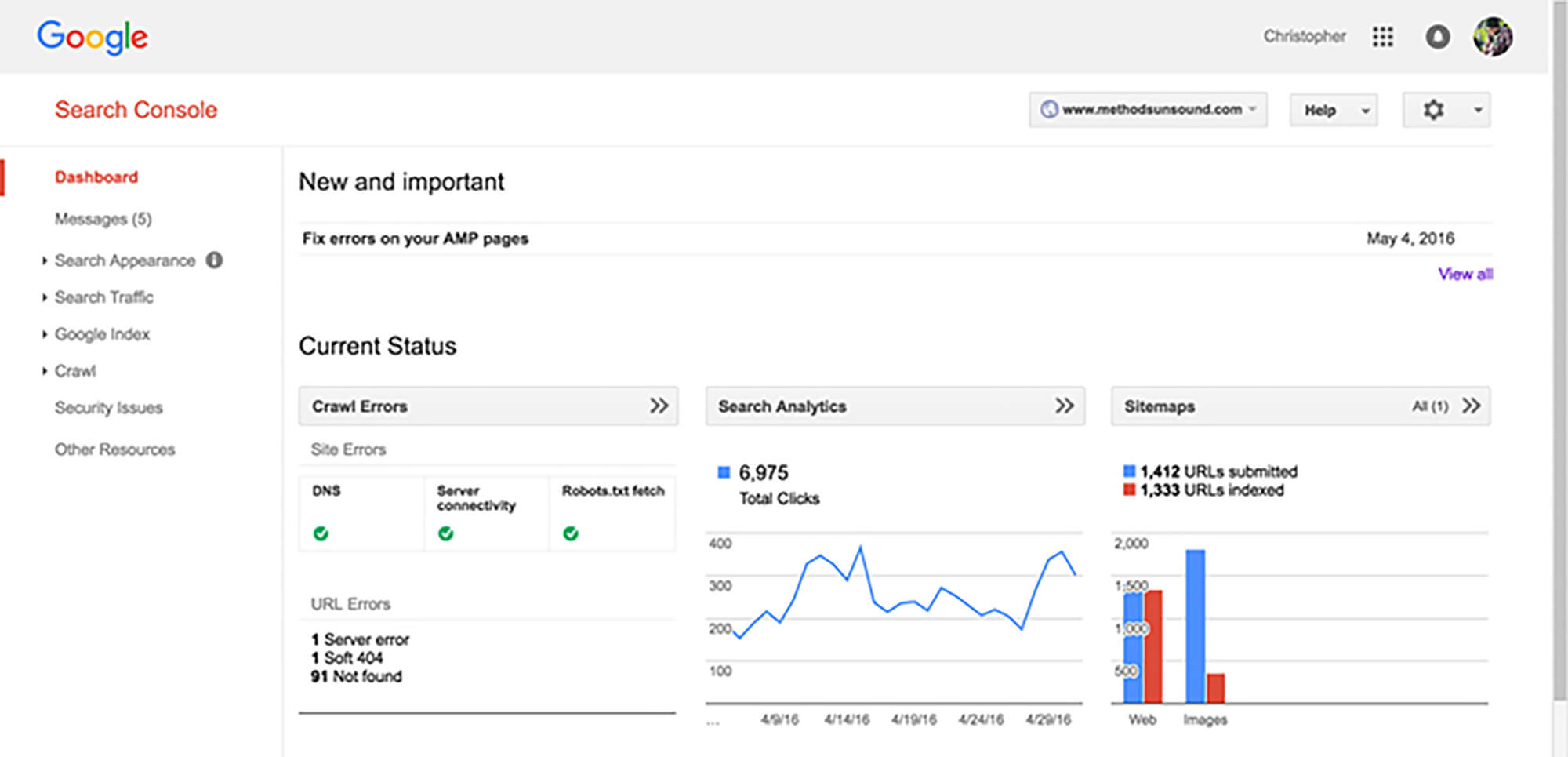
1. Clarifying the Purpose of Your Website
Your website can serve many purposes – from providing information about your products or services to selling goods directly to customers. Maybe you want to build a blog, an online portfolio, or a community forum. Perhaps you’re aiming to build brand awareness or improve customer engagement. Clarifying the purpose of your website is the first and most important step in your website creation journey.
2. Identifying Your Target Audience
Once you’ve clarified your website’s purpose, the next step is to identify your target audience. Who are you trying to reach with your website? Understanding your audience’s needs, interests, and online behavior will help you make informed decisions about your website’s design, content, and functionality. It’s beneficial to create a ‘persona’ – a detailed profile of your typical user – to guide your planning process.
3. Defining Success: What Would a Successful Website Look Like for You?
Defining success is crucial because it provides a benchmark to measure your website’s performance. Success metrics may vary depending on your website’s purpose and might include the number of visitors, the time they spend on your site, the actions they take (like making a purchase or signing up for a newsletter), or their level of engagement with your content. By identifying these goals upfront, you’ll be better equipped to design a website that delivers the results you want.
In the next chapter, we will delve into the details of website planning, which will include content planning, outlining functional requirements, and sketching your website’s structure.








